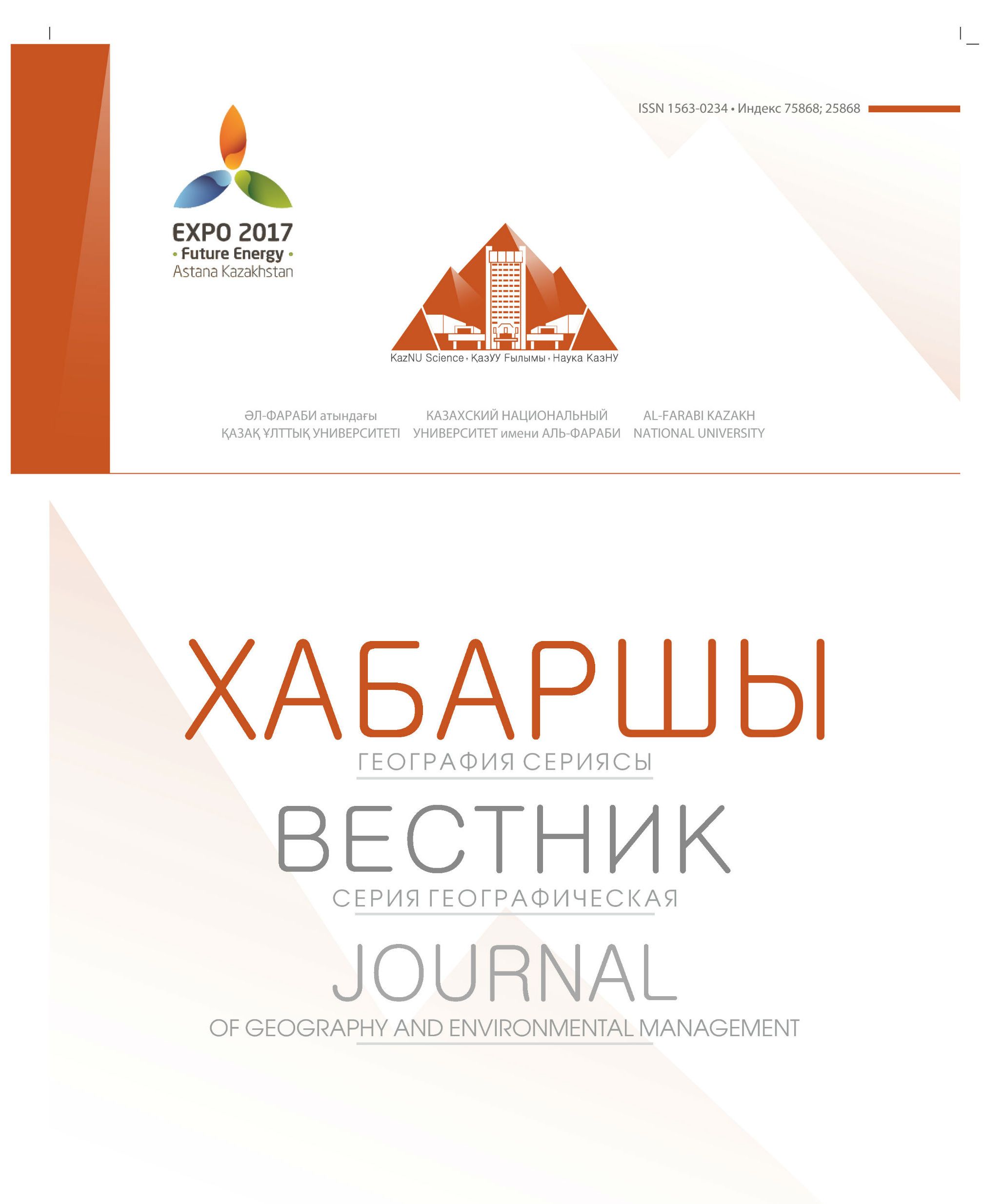Monitoring of oil pollutions of the Caspian Sea
DOI:
https://doi.org/10.26577/JGEM.2020.v53.i2.04Keywords:
oil sрill, radar imagery, dаrk sроt dеtесtiоn, sаtеllitе mоnitоring.Abstract
Now the question of pollution of water areas of the seas and oceans oil is particularly acute. Oil spills at the sea can have natural origin (natural emissions of oil at breaks of the geological structures, griffins, mud volcanoes), but in most cases, they have anthropogenic character.
This paper presents the results of oil spill monitoring in the Caspian Sea using remote sensing data. The object of research is the Caspian Sea. In recent decades, remote sensing satellites in particular, SAR satellites have proven to be one of the most effective tools to detect oil spills on the sea surface.
The purpose of this work was to determine the most suitable methodology for the operational monitoring of oil pollution in the Caspian Sea. Detection of oil pollution at sea was conducted using archival images from the European satellites Sentinel-1A,B.Sentinel data distribution is supported by the key advantage of a full of charge to the scientific community.
Analysis of the results obtained in the frame of the project indicate that oil spills were concentratedin busy shipping lanes.



